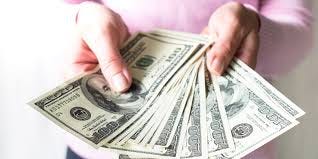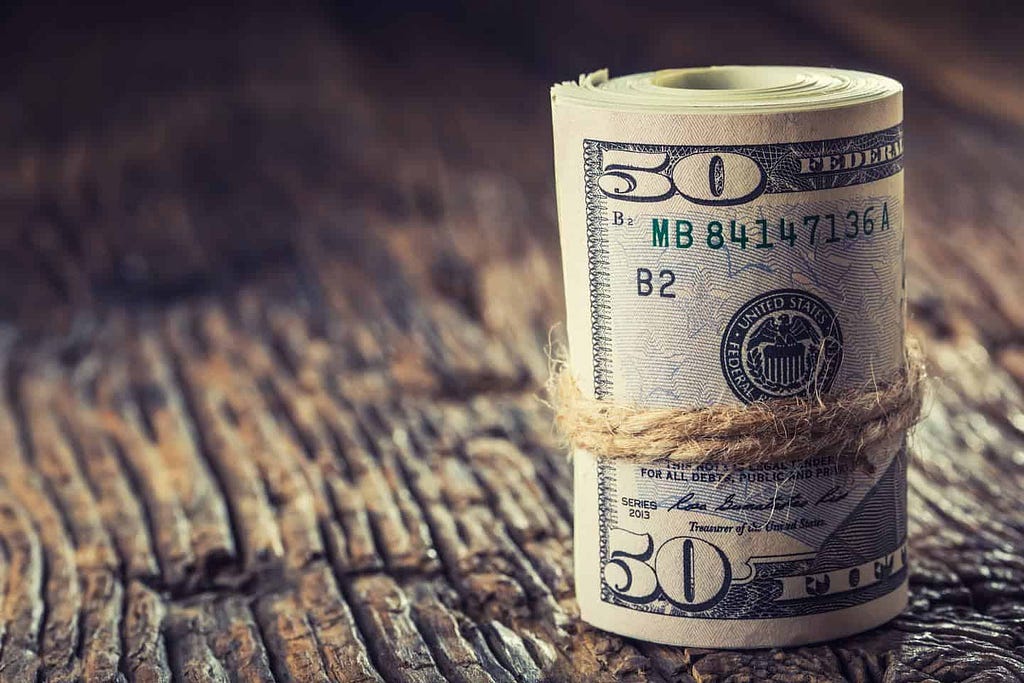Latest news about Bitcoin and all cryptocurrencies. Your daily crypto news habit.
A Look into the Financial industry
How did the foreign exchange market come about? We know that it’s here in our present, but what was its history?
Today we’ll be talking about the main historical events that mostly shaped this large, lucrative market.
So what lead to the shaping of our modern-day forex market? Read on.
1) There’s no history of forex without the history of money
So what is money exactly? In simple terms: money is what you have always used to conclude an exchange or a transaction, i.e., it is mostly a medium of exchange. Many economists believe that money also functions as a measure of value and a store of value. However, that’s a topic of over which there’s been many points of view. Unlike the money we use today, money in the past took many forms. People used things like gold, copper, silver, rice, dates, and even cigarettes, to exchange goods and services.
Some are of the view that money first appeared around the year 3000 BC. It’sbelieved to have been used by the Chinese and the Egyptians. Although money took different forms, most of its history was dominated by coins, especially golden and silver ones. Gold for hundreds of years was the hardest of hard money, and if there was any of it in the form of paper, the paper would only be representative of the value of gold written on it. A person would simply go to a bank, hand in the note, and get somegold!
Coins of gold had differences in quality and quantity according to the jurisdiction under which they were circulating. It’s said that the earlies form of having something similar to an exchange where interest and exchange rates weredetermined took place in Florence back in the thirteenth century.
2) The Birth of Financial Markets
Financial markets are said to have appeared around the sixteenth century. Those markets were very modest and simple. They were places where trade balances between countries were settled, but they were also places where traders could make some money as profit when conducting exchanges between different currencies.
Over the years, the use of bank notes and different types of securities spread all over the world but had no dominant currency. But this all changed in 1866 when the first cable to link Europe and the United States was finished. This year is considered as a turning point in the history of financial markets. Because of this, many bankers and business people in Europe decided to settle in the city of London.
Despite being a strong currency, the pound was still falling behind the good old Mr. Gold. Mr. Gold was dominating in what was known as the Gold Standard, which meant that money (i.e. currencies) back then were convertible into gold. If you were to go to a bank and give it a currency, such a currency would be converted into gold. The Gold Standard enjoyed a good degree of stability of exchange rates over theyears.
3) The Death of the Gold Standard
The end of the gold standard has to do with the tragedies of war. During WWI, governments has money to spend, which made them print huge amounts cash into circulation (cash which wasn’t backed by gold). This caused very high levels of inflation and notes were no longer convertible into gold.
After the First World War was over, there have been attempts to restore the gold standard. However, such attempts failed, especially after the Great Depression.
After WWII, the dollar gained dominance over other world currencies after the Bretton Woods agreement since it was only the dollar that could be converted into gold at a rate of $35 per ounce. This gave birth to a new standard: the US Dollar. Over the years, markets have grown to become more sophisticated. Such sophistication required a more flexible monetary system where the dollar would get devalued. The year 1971 marked the end of the US, gold-based dollar and the death of the Bretton Woods agreement. This lead rates to all over the world to “float.”
The death of Bretton Woods gave birth and sustenance to news way of creating money and raising funds in world markets. With world institutions established to set standards and agreements to stabilize currencies and regulate the system, along with breakthroughs in technology, thescene was set for a liberalized, global financial market.
4) Forex as We Know It Today
In the past, the forex market was dominated by the big players, such as banksand governments. However, and thanks to globalization, advances intechnology, and creation of the Internet, anyone can now access the forexmarket and profit from it.
All you need these days is a computer or simply a mobile phone to access onethe largest markets in the world.
A Brief History of Currency Trading: was originally published in Hacker Noon on Medium, where people are continuing the conversation by highlighting and responding to this story.
Disclaimer
The views and opinions expressed in this article are solely those of the authors and do not reflect the views of Bitcoin Insider. Every investment and trading move involves risk - this is especially true for cryptocurrencies given their volatility. We strongly advise our readers to conduct their own research when making a decision.

